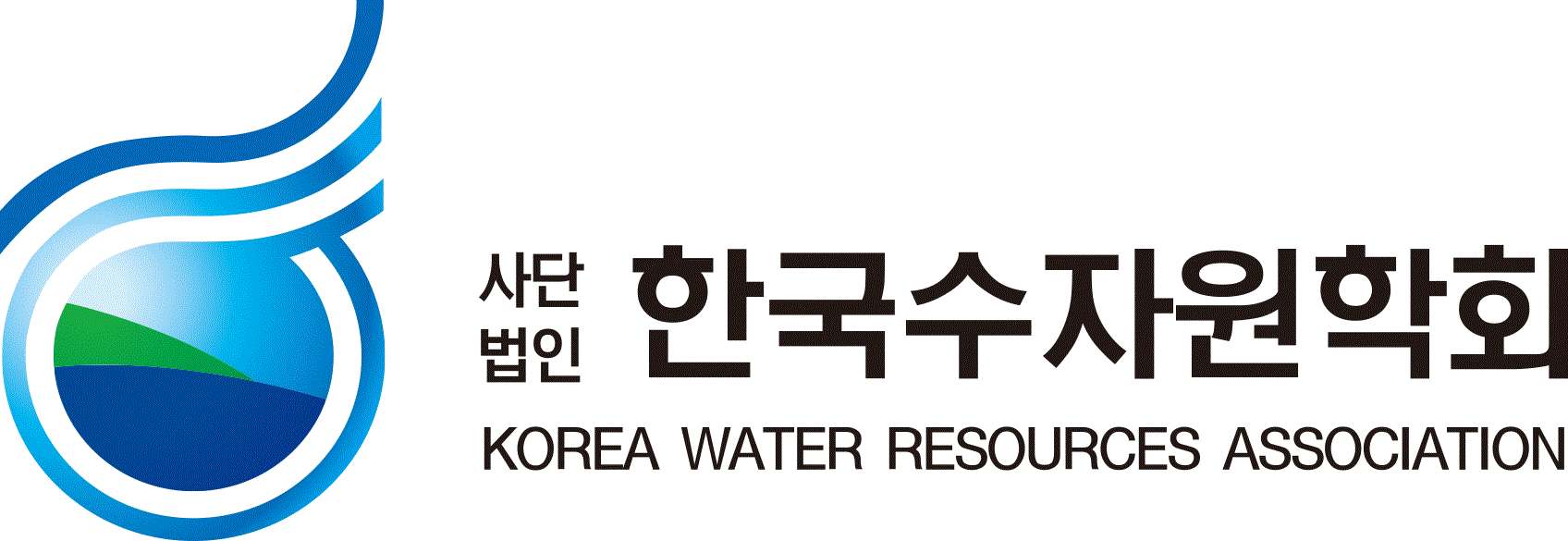- 홈
- 문헌정보
- 논문집
문헌정보
논문집
- 저자명
- 백종진;정재환;박종민;최민하
- 발행사
- 한국수자원학회
- 수록사항
- 한국수자원학회논문집, Vol.52 No.1(2019-01)
- 페이지
- 시작페이지(11)
- ISSN
- 1226-6280
In this study, the actual evapotranspiration products of Global Land Data Assimilation System (GLDAS), Global Land Evaporation Amsterdam Model (GLEAM) and MOD16, which are satellite- and reanalysis-based dataset, were validated at the flux tower sites (i.e., CFK and SMK) managed by Korea Institute of Hydrological Survey, and the uncertainty and correlation analysis were conducted using Triple Collocation (TC) method. The result of validation with the flux tower showed better agreement in the order of GLEAM> GLDAS>MOD16. At the result of three combinations (S1: flux tower vs. GLDAS vs. MOD16, S2: flux tower vs. GLDAS vs. GLEAM, S3: flux tower vs. GLEAM vs. MOD16), the order of best to worst is GLEAM, GLDAS, MOD16, and flux tower for CFK (GLDAS> GLEAM>MOD16>flux tower for SMK). Since the error variance and correlation coefficients of the flux tower show relatively worse performance in TC analysis than the other products, By applying TC method to three products (GLDAS vs. GLEAM vs. MOD16), the uncertainty of each dataset were evaluated at the Korean Peninsula, As a results, the GLDAS and GLEAM performed reasonable performance (low error variance and high correlation coefficient), whereas results of MOD16 showed high error variance and low correlation coefficient at the cropland.



